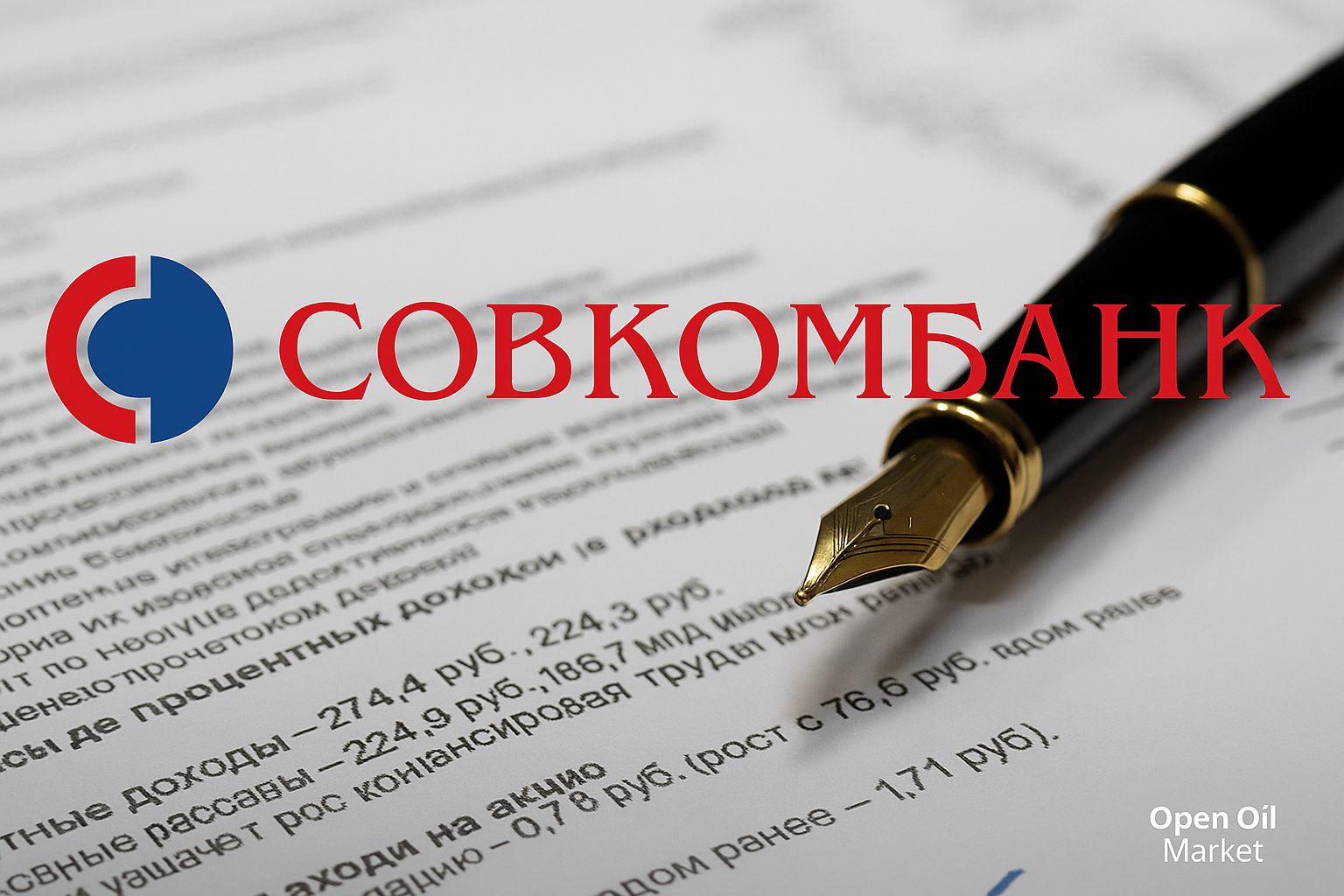Indian Refineries Increasing Demand for Russian Oil Amidst Rising Discounts
Context and Market Implications
Demand for Russian oil from Indian refineries has begun to recover as discounts to benchmarks widen and logistics are optimized. For investors, this signals a strengthening role of the Indian market in the structure of Russian exports, increased utilization of processors in India, and potential impacts on spreads between crude grades.
Key Demand Growth Drivers
- Discounts on Russian Oil: The widening discounts to Brent make deliveries more economically attractive.
- Flexible Logistics: Fleet and routes have been adapted for long-distance supplies to the Indian coast.
- Processing Margins: Russian grades provide acceptable yields of light fractions at competitive prices.
- Diversification of the Crude Basket: Indian refineries are reducing their dependence on Middle Eastern supplies.
Pricing and Discounts
- The widening discount to Brent for Russian grades enhances the competitiveness of barrels in tenders.
- The discount partially offsets the rising costs of freight and insurance on long routes.
- Flexible pricing formulas (Brent/Dubai + differential) accelerate deal closures.
Logistics and Payments
- Freight and Insurance: The cost of long-distance transportation is covered by the discount.
- Routes: Supplies via the Suez Canal or around Africa are chosen based on freight rates and timelines.
- Payment Schemes: Utilizing friendly currencies and intermediary trading entities reduces operational risks.
Impact on Indian Refinery Margins
- Increase in Gross Refining Margin (GRM): The discount to Brent raises the spread between crude prices and products.
- Optimization of Product Yields: Blending Russian and Middle Eastern grades allows for flexible management of diesel and jet fuel output.
- Reduction in Purchasing Volatility: Long-term supply schedules stabilize utilization rates.
Consequences for Russian Exports
- Support for Export Volumes: Indian demand compensates for weaknesses in other regions.
- Stabilization of Price Differentials: The balance between discounts and freight improves revenue predictability.
- Diversification of Buyers: Expanding the base of Indian processors reduces concentration risks.
Risks and Limitations
- Regulatory Uncertainty: Changes in sanction and customs policies could affect logistics.
- Freight Volatility: Rising shipping rates increase the breakeven point for deliveries.
- Competition Among Grades: Discounts from alternative suppliers may narrow the attractiveness window.
- Quality of Crude: The need for fine-tuning mixtures for optimal processing depth.
Scenarios for H2 2025
- Base Case: Modest growth in Indian purchases amid ongoing discounts and stable freight rates.
- Positive Scenario: Further widening of discounts on Russian oil and decreased freight costs stimulate additional tenders.
- Cautious Scenario: Stricter limitations or a surge in logistics costs dampen refinery appetites.
What Investors Should Monitor
- The dynamics of discounts for Russian grades relative to Brent/Dubai and the spreads for Urals.
- Freight rates on key routes and the availability of insurance coverage.
- Utilization rates of Indian refineries and their plans for import tenders.
- Russian export schedules and changes in the structure of buyers.
The increase in demand from Indian refineries for Russian oil amid rising discounts reflects a pragmatic approach to supply economics: the discount offsets logistics costs and enhances processing margins. For Russia, the strengthening of the Indian channel supports exports and revenue, while for Indian processors, it improves procurement efficiency. The key to sustaining this trend lies in balancing discounts, freight rates, and regulatory conditions.
